|
In the summer of 2020, Washington University's Tyson Research Center held their summer Undergraduate Fellows Program completely virtually. Among other research skills, we in the Tick & Wildlife Team focused on bird identification.
We were very pleasantly surprised that it was incredibly rewarding, fun, and uplifting to "bird" together virtually.
Each week, we selected a live cam to watch together.
And we would meet at a specific time to "bird" and chat about the birds we were watching in real time via Slack.
Because we wanted to observe birds in other parts of the world in different time zones, we also selected long recorded live cam segments and played them at the same time while we chatted (e.g., the Allen BirdCam offerings).
We found other live cam platforms to bird from, including: Houston Audubon: Bolivar Flats Bird Cam Littlehouse Prairie Village, Kansas, USA Septimo Paraiso Lodge Feeding Platform, Ecuador One of our most successful activities was to combine our weekly birding session with our weekly anti-racism in science and conservation training: Virtual bird watching in the Monterey Bay Aquarium Aviary for #BlackWomenWhoBird @BlackAFInSTEM And it got the students outside and really excited about birds,
Other tasks we included in our virtual bird id training:
1. Download and sign up for a Merlin account. Using Merlin, id one bird from your window or backyard. 2. Follow #BirdingWhileBlack on twitter 3. Take the eBird essentials course and read about tips for eBirding from home 4. Read and learn about the differences between eBird Yard, Incidental, and Complete lists. 5. Each day this week try to identify and enter into eBird at least: 1 bird into your yard list and/or 1 "incidental" or "complete" list at another (safe, socially distanced) location. 6. At least 3 times this week, go outside with a notebook to a location where you can sit and observe a single individual bird for at least 5 minutes (or until it flies away completely). Spend the first 2-3 minutes just OBSERVING this individual bird. Try to get a sense of what it is up to. Then spend a few minutes jotting down some notes, what are the behaviors you observed? What do you think these behaviors mean? What other questions do your observations bring up? 7. Download and work on Thayer's bird quizzes. We also watched other bird and birding related videos: Birding Wile Black: A Candid Conversation Jason Ward's Birds of North America TedGlobal, Washington Wachira: For the love of birds TedxAmsterdam, Arjan Dwarshuis: What birdspotting can teach us about conservation Listened to podcasts and stories: BirdNote: House Sparrow (Passer domesticus) BirdNote: Why Birds Stand on One Leg Short Wave - Crows: Are They Scary or Just Scary-Smart? Ologies: Plumology (FEATHERS) with Dr. Allison Shultz Coronavirus Live Updates: Do Those Birds Sound Louder To You? An Ornithologist Says You're Hearing Things Ologies: Pelicanology (PELICANS) with Juita Martinez Watched webinars associated with our bioacoustics research: WildLabs Tech Tutors, Carlos Abrahams: How do I perform automated recordings of bird assemblages? WildLabs Tech Tutors, Tessa Rhinehart: How do I scale up acoustic surveys with AudioMoths and automated processing? Soundscapes to Landscapes Training Series: Validating Bird Calls
Of course, nothing beats in-person instruction. But during our end-of-season meetings with each Fellow, they highlighted our group birding sessions as among their favorite activities of the summer. In addition to meeting our learning objectives, our virtual birding expeditions also helped us relax and bond as a group. I highly recommend it!
0 Comments
Your comment will be posted after it is approved.
Leave a Reply. |
|
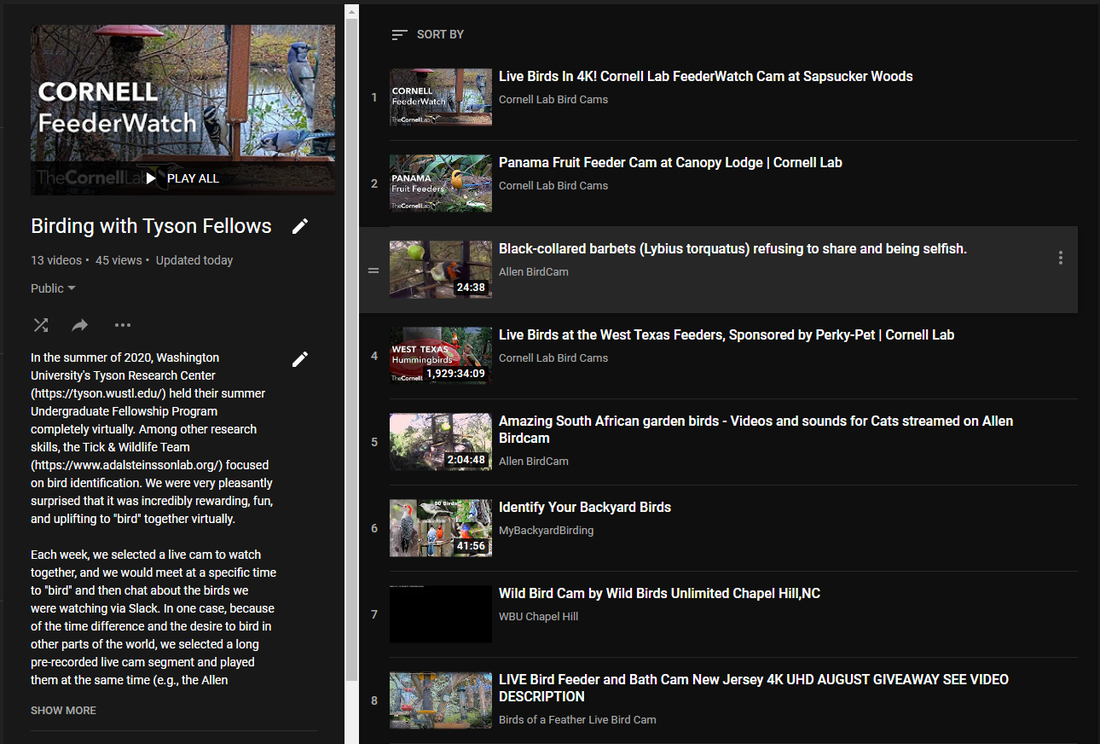
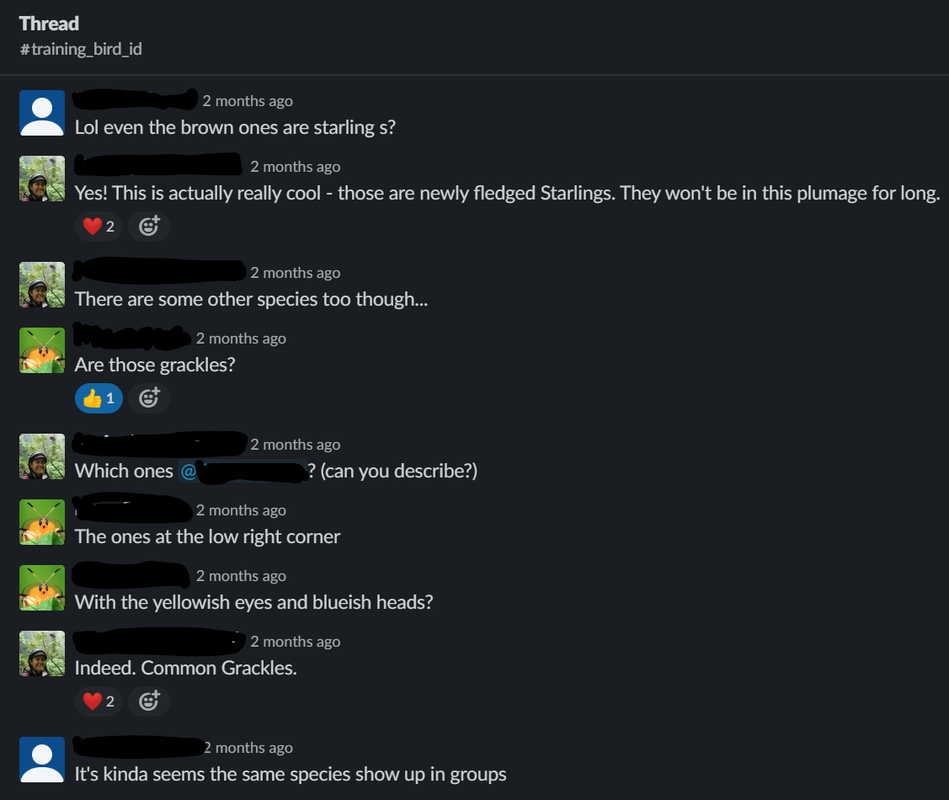
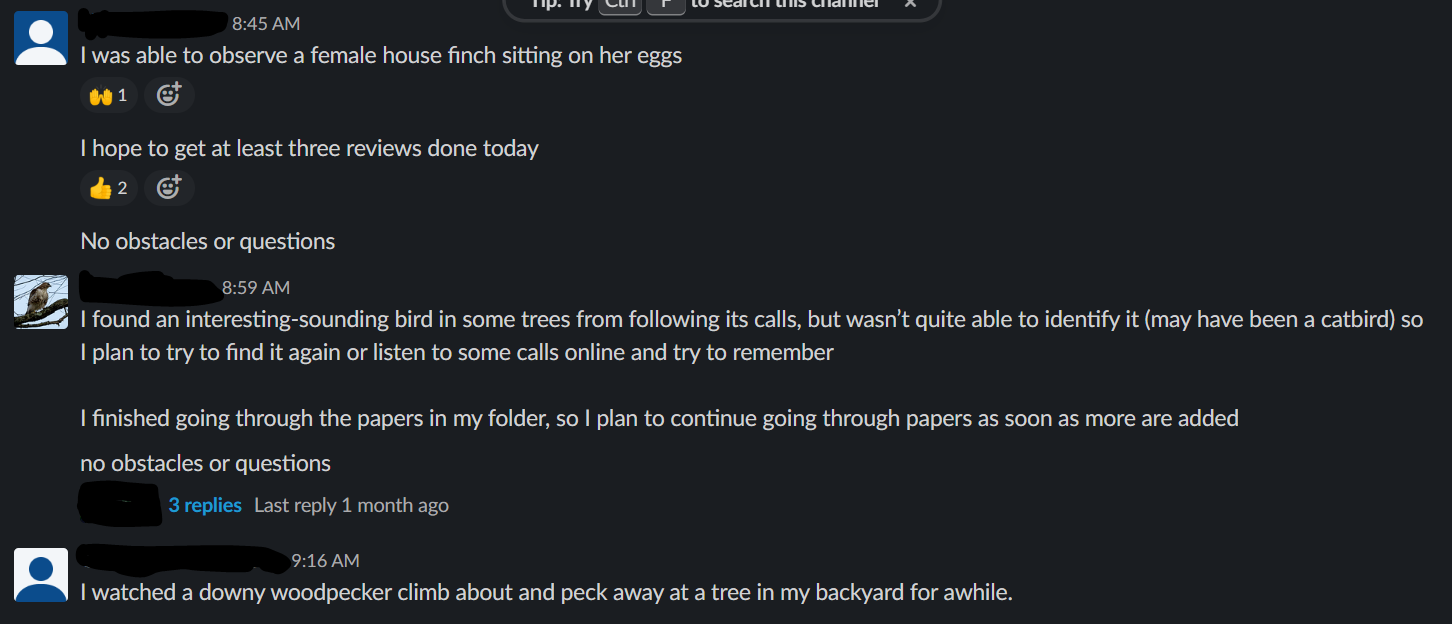
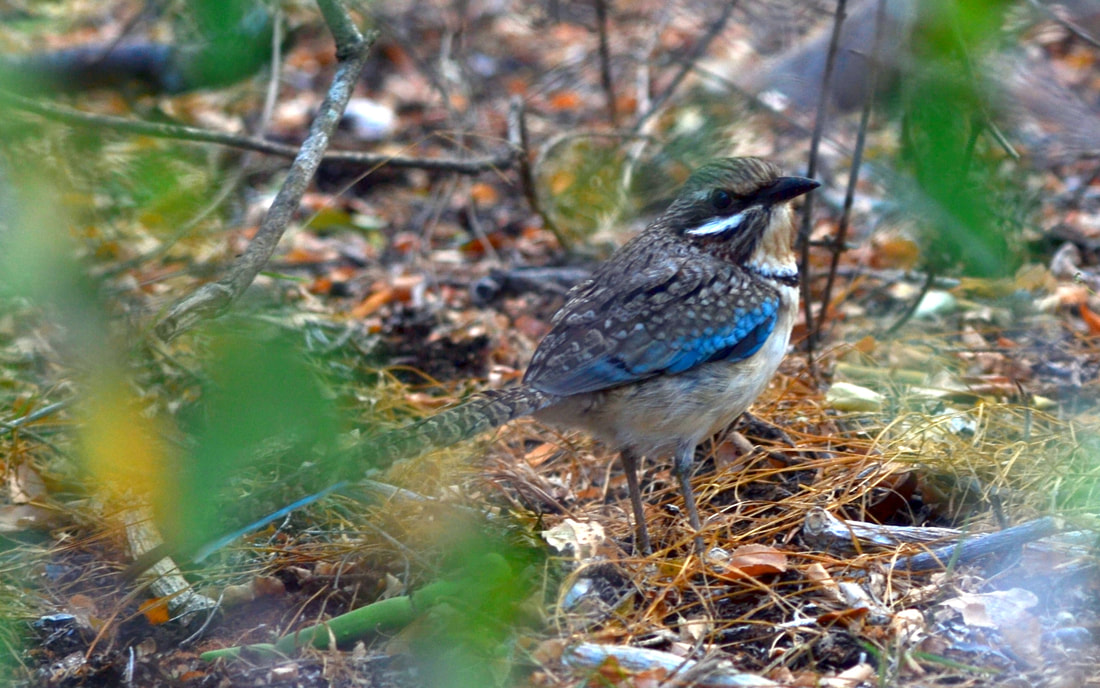
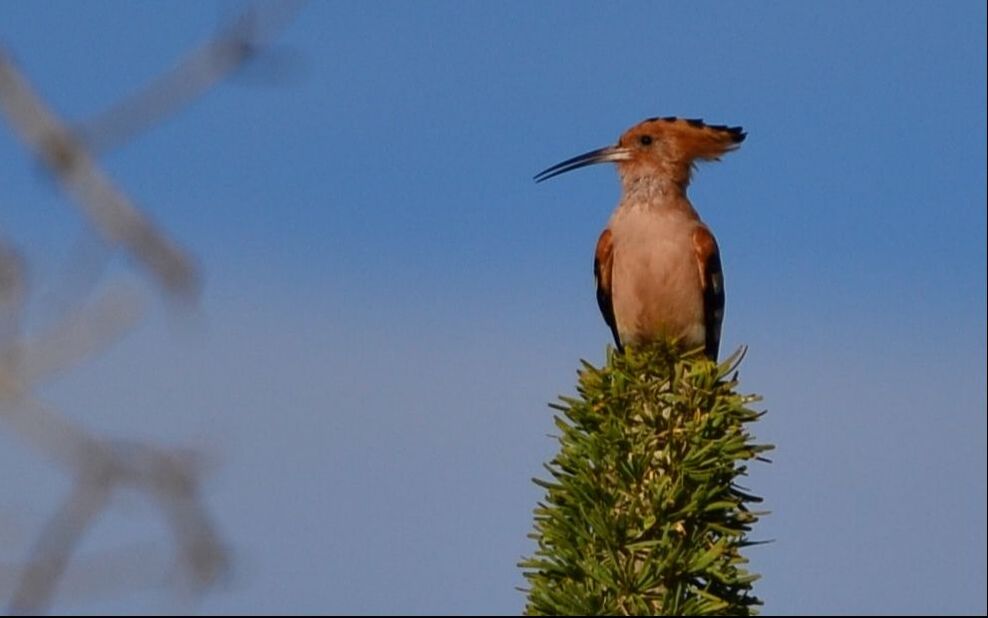
 RSS Feed
RSS Feed